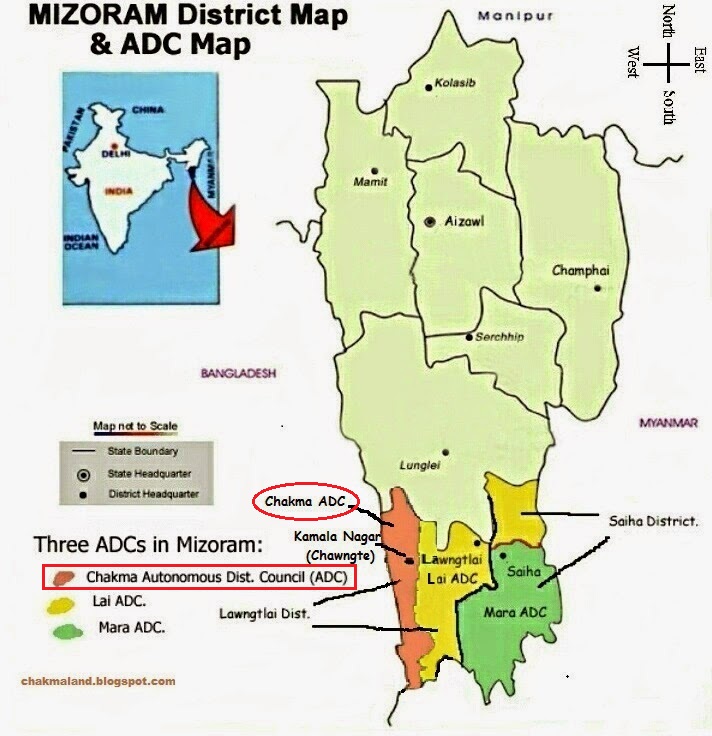7667766266
enquiry@shankarias.in
What is the issue?
Why is the protest?
Why is Mizoram's case different in this regard?

What is the concern with the Chakmas?
What is the Chakmas' stance?
Source: Indian Express